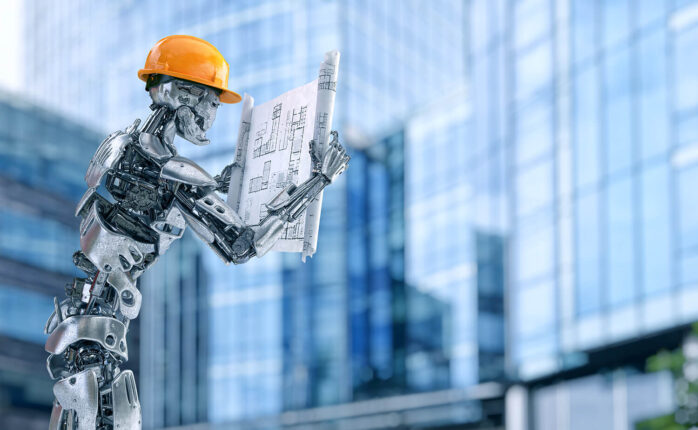
When the world shut down and went virtual in 2020, there were a lot of creative people that had to come up with alternate ways of doing business. The construction industry was hit particularly hard and so the creative minds of that industry came up with new ways of doing business. With the advent of new technologies and innovations in the construction industry, ways of getting projects done faster, safer, and more effectively emerged and have become the future of the construction industry.
5 technology developments that have digitized the construction industry
1. Soil Connect
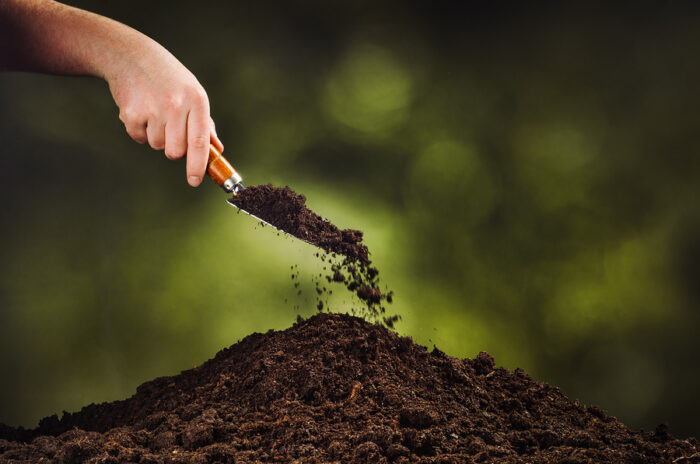
Soil Connect uses technology to benefit builders and suppliers by creating a marketplace for dirt and aggregates where it is easy to find someone who is selling the materials you need for your project. If you are a builder and need to source soil, aggregates and other building materials, Soil Connect can put you directly in touch with the suppliers electronically. This service is invaluable in saving money, reducing carbon emissions, and reducing the time it takes to complete a project.
Soil Connect can help your business procure and track your materials in three ways:
• Using the marketplace app
When you post to the site you let suppliers know your needs, timelines and locations and you receive answers back from suppliers who can meet all of your expectations in or close to your area. If you want to get a few quotes to compare, then you can see who answers and compare the prices, products, transportation costs, and proximity to your project.
• eTickets
Electronically track your materials as they are hauled from one place to another. Remove paper ticketing altogether by tracking all of your tickets online. The drivers will also be thankful since they no longer have to keep track of paper ticketing. When you track your eTickets online you can see the status of the project from end-to-end instantly and get notified of any issues immediately.
• eRegulatory
Access your customized truck, load and route data from the app. You will never lose track of where your load is, or lose a manifest ever again. You can also customize your manifest with a digital logo unique to your company.
2. Virtual Reality and Augmented Reality
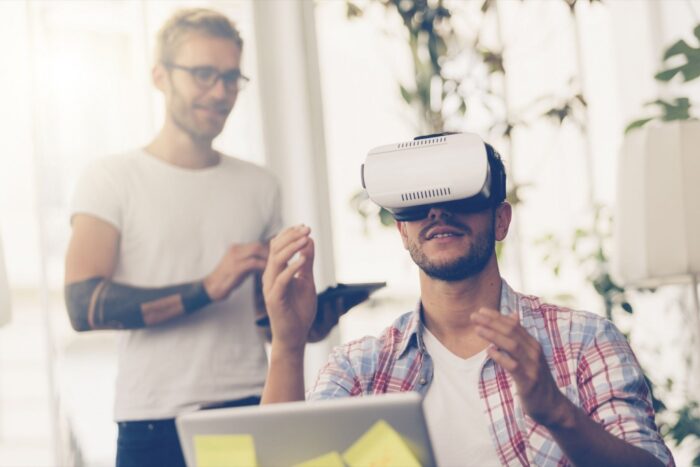
What is Virtual Reality and what is its role in construction?
You may have heard or seen virtual reality glasses that totally immerse the user in a digital world. Everything, right down to your own body is completely digital. The applications of this technology go far beyond video games. Virtual reality can be used for training purposes by allowing the trainee to deal with dangerous situations and practice safety protocols without being in any danger. The VR set will simulate a tricky situation from the comfort of the training room. Virtual reality can also create a collaborative effort like no other, where everyone on the team, regardless of where they are in the world, can share the same experience and offer advice and pinpoint problems instantly. The applications are only limited by the technology itself, and new innovations are coming out all the time.
What is Augmented Reality and what is its role in construction?
Augmented reality is when you enhance your reality with digitization such as creating a virtual model of a project to see where there may be flaws or issues and being able to tackle them on the spot. Augmented reality can allow all members of the team to see the same thing at the same time wherever they are and collaborate on improvements to the model.
3. 3D Printing
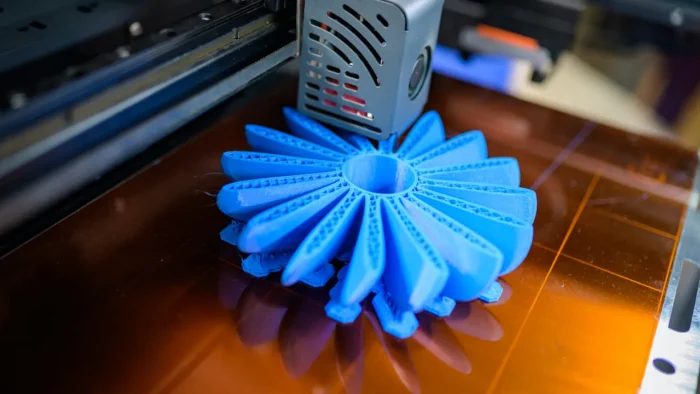
3D printing is an exciting innovation and can be especially helpful in the construction industry. 3D printing can create a full-scale model of a project and pinpoint the weaknesses and flaws right away, saving thousands for the company in wasted materials, labor, and time. 3D printers can also print full-scale projects right on site which saves even more in transport costs, and material costs, and eliminates the expensive setbacks like problems with supply chains or customs issues. Carbon emissions will also be reduced because there is less travel to and from the site.
4. Building Information Modelling (BIM)
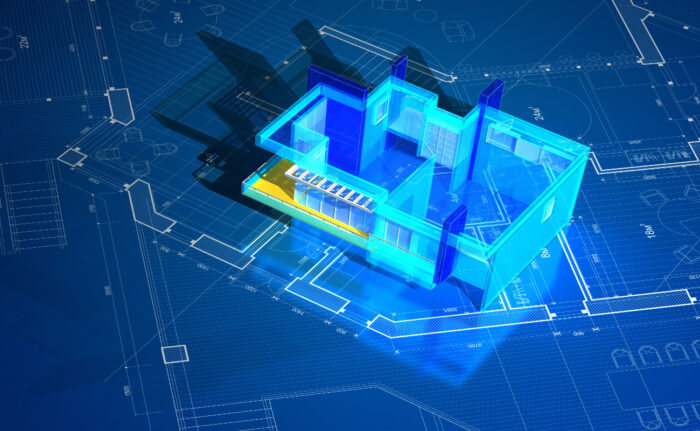
BIM allows you to create a digital copy of your project which is very useful in catching issues before the project starts and can plan out areas like budgeting, design, and scheduling so the project can be looked at in its entirety. It also saves money by pinpointing costly mistakes ahead of time before they are made.
5. Robots and Drones
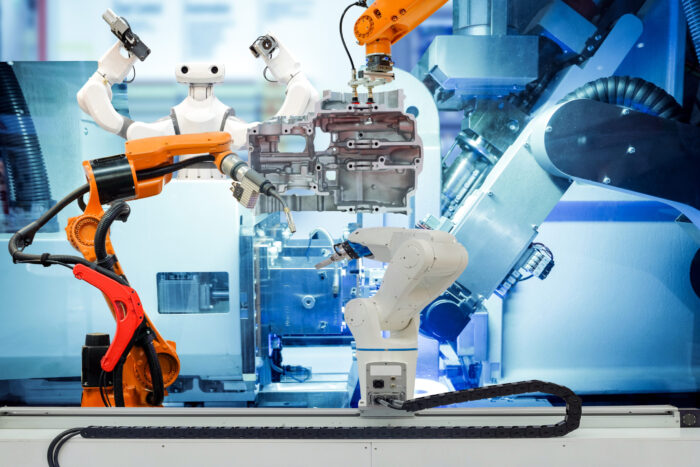
The use of robots in daily life is very futuristic and maybe something that most people only see in movies. Robots have been used in different occupations for a while though, especially in the military and law enforcement where robots are used to approach suspicious packages that may contain explosives or in deep-sea expeditions where robots are sent beneath the surface so humans are not put in any danger.
Robots in construction are used for the same reason, to keep humans safe and far away from hazardous situations. Robots are mostly used for repetitive tasks like bricklaying, painting and loading, freeing the worker for other, more intricate tasks and protecting from repetitive strain or other hazards.
One type of robot used often in construction is a drone. Drones can serve many purposes in construction that are useful and can reduce carbon emissions and keep humans safe from potential hazards. A drone can fly over the construction site and pinpoint specific areas that may be dangerous or have other flaws before construction begins. Drones are also strong enough to carry materials needed to the site so there is less transporting of goods by truck, thereby reducing carbon emissions.
When the construction industry was hit by covid-19, it had to come up with innovative ways of continuing business in a locked-down world. The advent of innovations such as Soil Connect, VR, AR, BIM and 3D printing have given this industry a much-needed shove into 21st-century technology and it looks like it will be better and safer for it.






